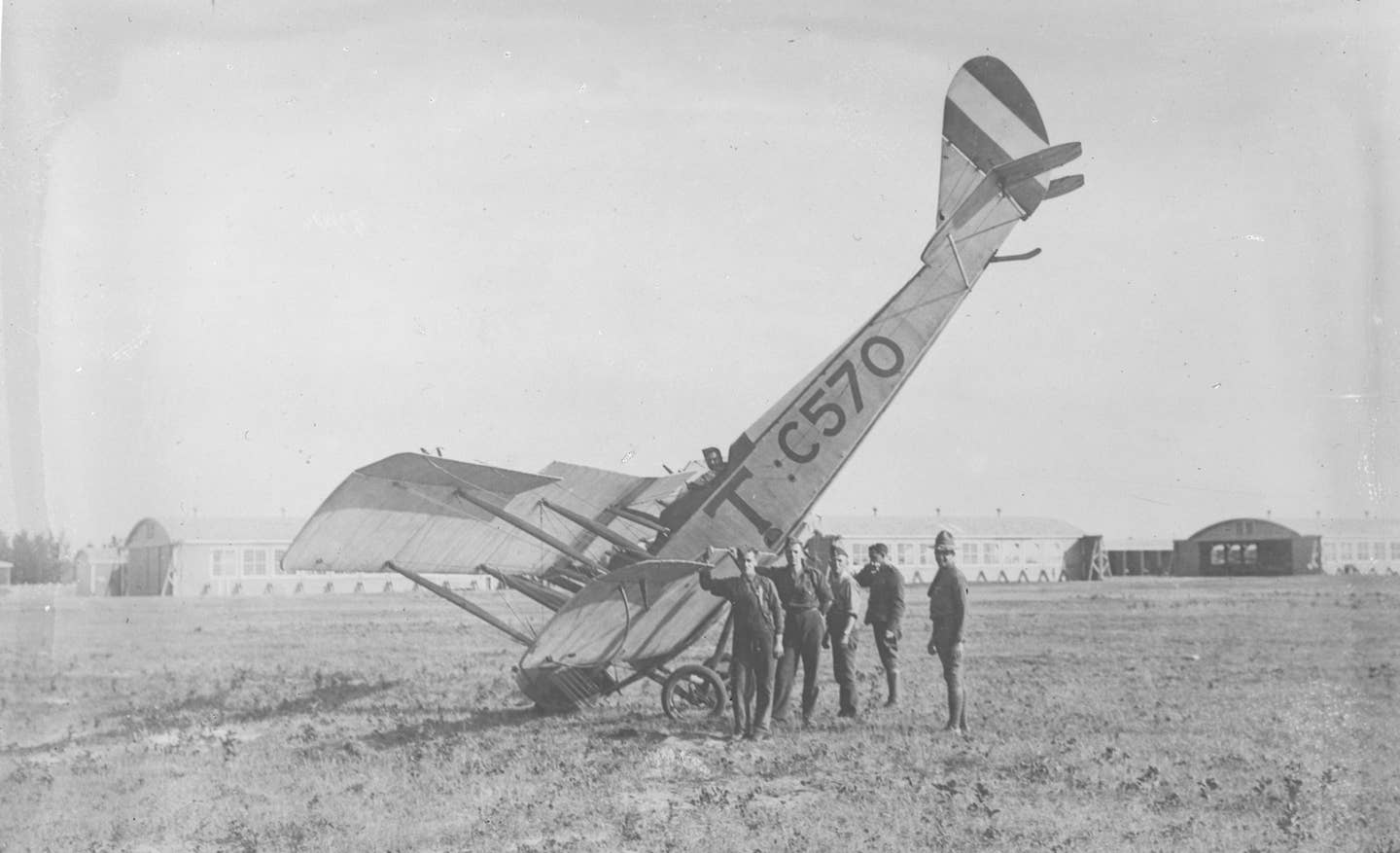
Flight training with a Curtiss JN-4 Canuck. Wikimedia
One of the most basic questions any potential flight student has is what kind of school to attend. Some schools advertise their "Part 141" status, but exactly what that means is rarely clarified. The new Airman Certification Standards updated in June 2018 for the private pilot certificate make the choice even more nuanced, as more detailed expectations as to what is required for the certificate drive training at both types of schools.
Flying interviewed Eric Radtke, president, and Paul Jurgens, vice president of publications, of Sporty's Academy — and obtained the clearest explanation we've come across that lays out the difference between Part 61 and Part 141 flight training, and the potential advantages and disadvantages of each.
Part 61 vs. Part 141 Flight Training
When a flight school talks about training under Part 61 or being a Part 141 approved school, it is talking about the federal regulations under which it has the authority to train pilots. Both sets of regulations define minimum requirements for pilot training and certification.
Any FAA-approved flight instructor, whether associated with a flight school or not, may train a student under Part 61 regulations.
Part 141 regulations are related to the structure and approval of flight schools. Training under these regulations is permitted only by instructors associated with an FAA-approved flight school. In order to become approved, a flight school must meet certain requirements and submit each curriculum it wishes to have approved to the FAA for review. Part 141 approved schools are subject to regular surveillance audits by the FAA and must meet minimum pass rates on the practical exams.
Both methods of flight training require the student to meet the same standard of performance in order to obtain a pilot certificate. Where the methods differ is in rigidity and in some minimum requirements.
Ultimately, the way a student learns and his or her long-term goals may be the best criteria for deciding the regulations under which to train. After making that determination, the student needs to find the best fit among the choices within the preferred regulations. Both excellent and inferior flight instruction may be found under both sets of regulations.
The table below describes some of the potential advantages and disadvantages for the training regulations. It may be noted that some criteria can be both, depending on the student's training goals.
In short, either type of flight school teaches to the same requirements under the FAA Airman Certification Standards. A Part 141 flight school is particularly focused and perhaps better for a full-time student whose goal is a professional career. A Part 61 school is more flexible. So, the important thing in deciding whether Part 61 vs. Part 141 is best for you is to pick whichever one fits your schedule and flight goals better.
For more information on learning to fly, check out Flying's latest feature on the process.

Subscribe to Our Newsletter
Get the latest FLYING stories delivered directly to your inbox






